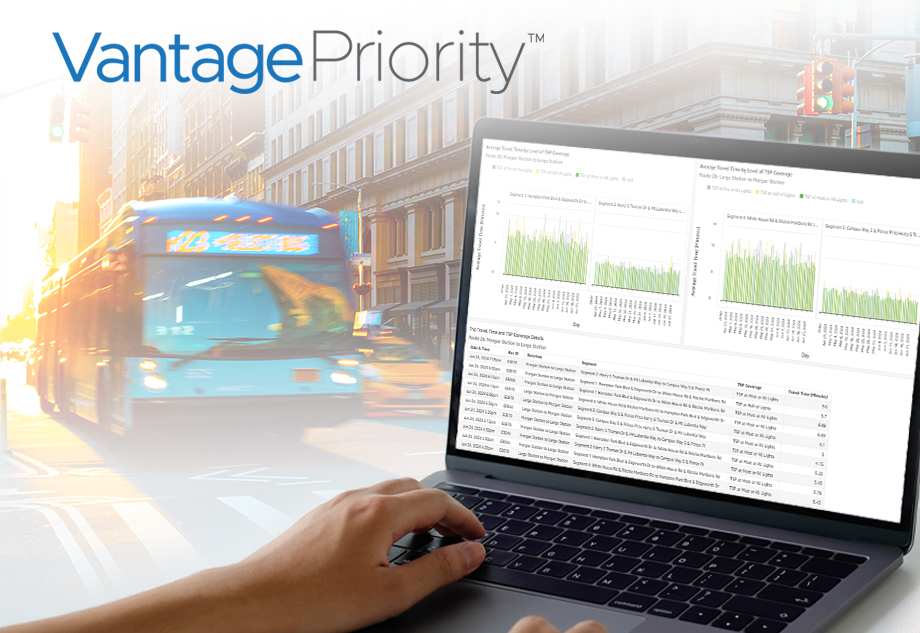
Coeur d'Alene Press: Iteris Completes Long-term Transportation Plan for City of Hayden

A look at potential rush hour impacts on traffic in a 2040 Hayden. The city council heard a comprehensive presentation on what will impact traffic volume Tuesday night, as well as recommendations to curtail congestion. (Courtesy City of Hayden)
In order to provide the City of Hayden with more accurate projections for future traffic management and road projects, Iteris developed an extensive transportation plan update that integrated project costs, traffic counts and growth projections, as well as considered the comprehensive and parks plan updates, while keeping the goal of prioritizing what road projects were needed, rather than what could be considered part of a wish list.
According to Hayden Mayor Steve Griffitts, the transportation plan from Jennifer Emerson-Martin and team, which made traffic projections for some 10 and 20 years out, surpassed every expectation.
About the Author:

David Sadeghi is senior manager, digital marketing at Iteris.
About the Author

 X
(Twitter)
X
(Twitter)
 Facebook
Facebook LinkedIn
LinkedIn Copy
Link
Copy
Link Email
Email

